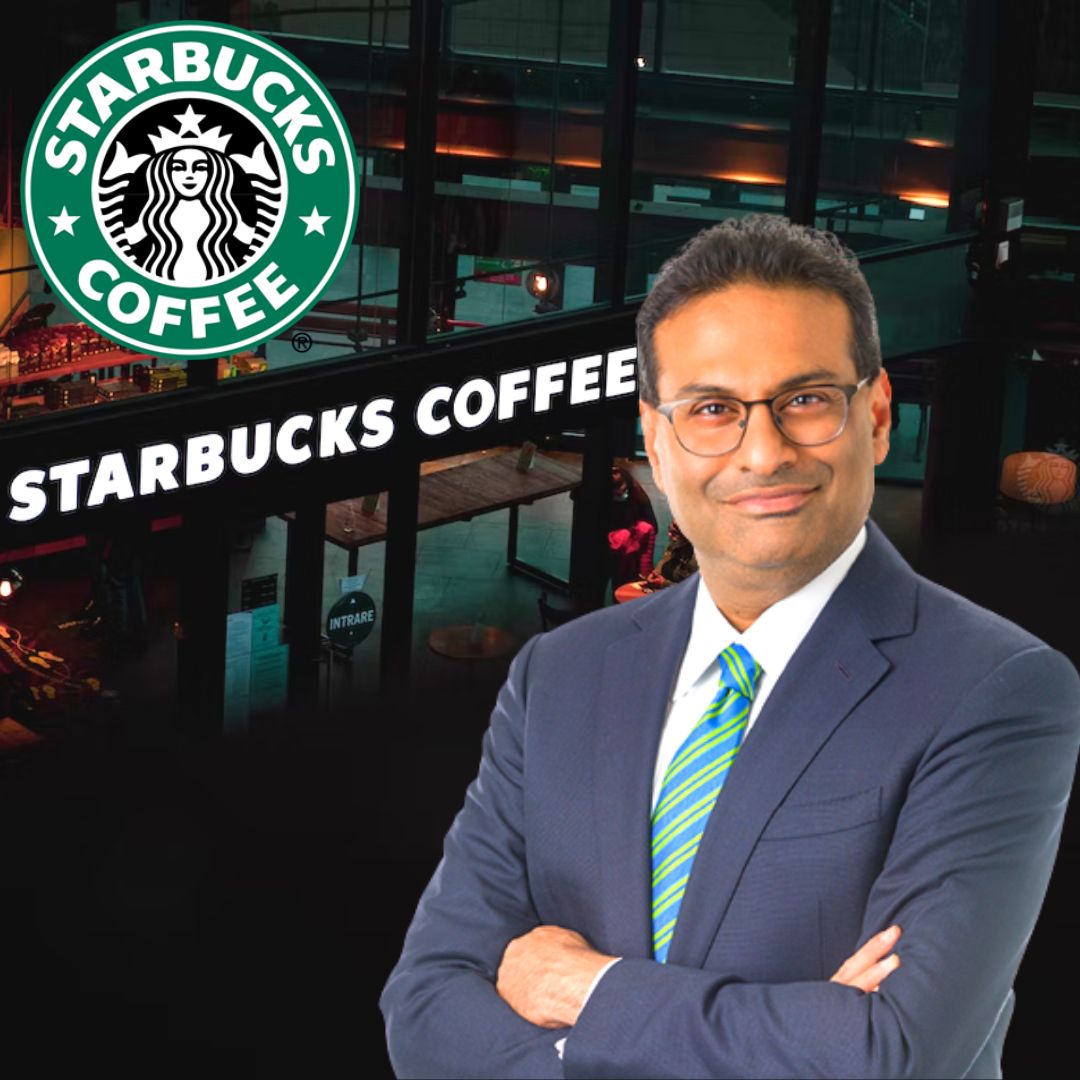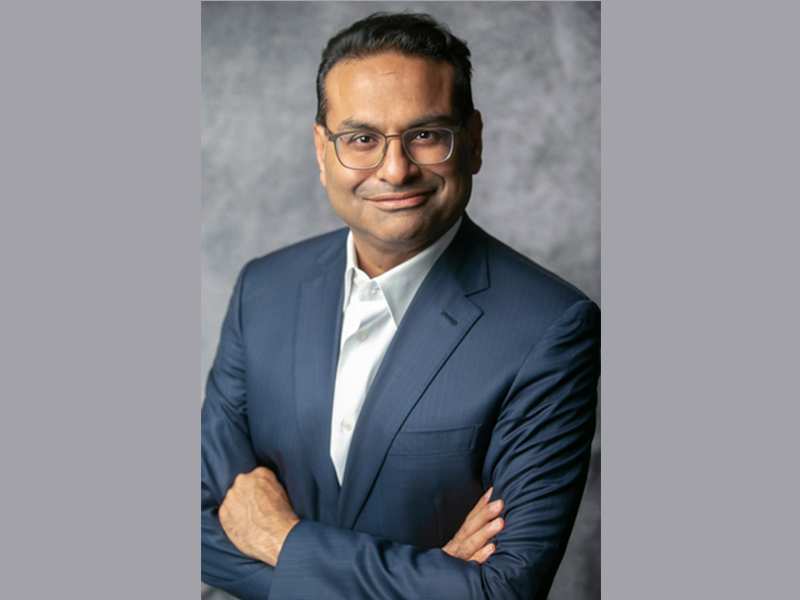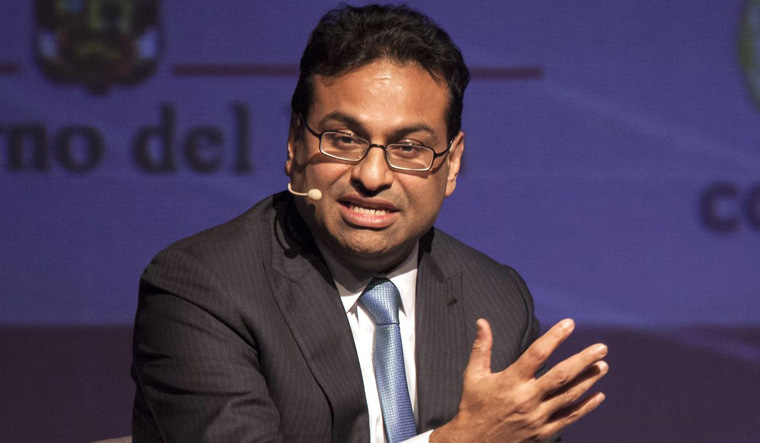Leadership and Management Style

Starbucks’ CEO, Laxman Narasimhan, took the helm in April 2023, inheriting a company navigating a complex landscape of evolving consumer preferences, economic uncertainty, and the ongoing impact of the COVID-19 pandemic. His leadership style is characterized by a focus on innovation, operational efficiency, and customer experience. Narasimhan’s background in consumer goods and technology companies has equipped him to lead Starbucks through these challenges, leveraging data-driven insights and a customer-centric approach.
Narasimhan’s Leadership Style and its Impact
Narasimhan’s leadership style is characterized by a blend of strategic vision and operational focus. He prioritizes a data-driven approach, leveraging analytics to identify customer trends and optimize operations. His emphasis on innovation has led to the development of new products, personalized experiences, and digital initiatives aimed at enhancing customer engagement. Narasimhan’s commitment to operational efficiency has resulted in cost-cutting measures and streamlined processes, aimed at driving profitability. His focus on customer experience has led to investments in employee training and store design, aiming to create a welcoming and personalized environment for customers.
Comparison of Leadership Styles of Past Starbucks CEOs
Howard Schultz, Starbucks’ founder and former CEO, is widely recognized for his visionary leadership, driving the company’s initial growth and establishing its iconic brand identity. Schultz’s leadership style was characterized by passion, innovation, and a strong focus on customer experience. He instilled a sense of community and purpose within Starbucks, creating a culture that prioritized employee well-being and customer satisfaction.
Jim Donald, Schultz’s successor, focused on operational efficiency and cost control. Donald’s leadership style was more pragmatic and data-driven, emphasizing financial performance and streamlining operations. While his approach contributed to Starbucks’ financial stability, it also led to some criticism for its perceived lack of emotional connection with customers and employees.
Key Leadership Principles for Starbucks’ Success, Ceo of starbucks
Starbucks’ success under different CEOs has been driven by a consistent set of leadership principles:
- Customer Focus: Starbucks has always prioritized understanding and exceeding customer expectations. This has manifested in a relentless focus on product quality, store design, and personalized experiences.
- Innovation: Starbucks has consistently innovated, introducing new products, technologies, and store formats to stay ahead of evolving consumer trends.
- Employee Empowerment: Starbucks has fostered a culture of employee empowerment, recognizing that engaged and motivated employees are essential to delivering a positive customer experience.
- Social Responsibility: Starbucks has integrated social responsibility into its business practices, prioritizing ethical sourcing, community engagement, and environmental sustainability.
Narasimhan’s Leadership Approach in Responding to Challenges
Narasimhan’s leadership approach has been instrumental in guiding Starbucks through challenges such as the COVID-19 pandemic and changing consumer preferences. He has navigated the pandemic by prioritizing employee safety, adapting store operations to meet evolving customer needs, and investing in digital initiatives to enhance convenience and accessibility. He has also responded to changing consumer preferences by focusing on personalized experiences, digital innovation, and expanding into new product categories.
Business Strategies and Innovations: Ceo Of Starbucks

Starbucks, under its current CEO, has been actively pursuing a multifaceted strategy to drive growth and enhance customer experience. This strategy encompasses expansion, product innovation, and digital transformation, all while prioritizing sustainability and ethical practices.
Expansion Strategies
Starbucks’ expansion strategy involves both geographic expansion and increasing its presence in existing markets. The company has been actively opening new stores in both developed and emerging markets, focusing on areas with high growth potential. This includes expanding into new countries, such as India and Vietnam, and increasing store density in existing markets, such as China and the United States.
- Geographic Expansion: Starbucks has expanded into new countries, such as India, Vietnam, and the Philippines, to tap into new customer bases and grow its global footprint. The company has also been focusing on expanding its presence in emerging markets, such as China, where it sees significant growth potential.
- Store Density: Starbucks has been increasing its store density in existing markets, such as the United States and Canada, by opening new stores in high-traffic areas and urban centers. This strategy aims to increase convenience for existing customers and attract new customers.
- Strategic Acquisitions: Starbucks has made strategic acquisitions to enhance its offerings and expand into new markets. For example, the company acquired Teavana, a tea retailer, to expand its beverage offerings and attract a wider customer base.
Product Innovation
Starbucks is constantly innovating its product offerings to meet evolving customer preferences and stay ahead of the competition. This includes introducing new beverages, food items, and merchandise. The company also leverages its strong brand recognition to launch limited-edition products and seasonal specials, which generate excitement and drive sales.
- Beverage Innovation: Starbucks has introduced new beverage categories, such as nitro cold brew and plant-based milk options, to cater to evolving customer preferences. The company also regularly introduces new seasonal beverages and flavor combinations to keep its menu fresh and exciting.
- Food Innovation: Starbucks has expanded its food offerings beyond pastries and sandwiches, introducing new breakfast items, lunch options, and snacks. The company has also partnered with other brands to offer exclusive food items and create new menu options.
- Merchandise Innovation: Starbucks has expanded its merchandise offerings beyond mugs and tumblers, introducing new items like apparel, accessories, and home goods. The company also collaborates with artists and designers to create limited-edition merchandise that appeals to collectors and fashion-conscious customers.
Digital Transformation
Starbucks has embraced digital transformation to enhance customer experience and streamline operations. This includes implementing mobile ordering, loyalty programs, and personalized recommendations. The company has also invested in technology to improve store operations, such as automated brewing systems and digital signage.
- Mobile Ordering: Starbucks has invested heavily in its mobile ordering platform, which allows customers to order and pay for their drinks ahead of time, reducing wait times and increasing convenience. The company has also introduced features like mobile order pickup and curbside pickup, further enhancing the customer experience.
- Loyalty Program: Starbucks’ loyalty program, Starbucks Rewards, provides customers with personalized offers, rewards, and exclusive benefits. The program encourages repeat business and fosters customer engagement, leading to increased loyalty and brand affinity.
- Personalized Recommendations: Starbucks uses data analytics to personalize recommendations and offers for individual customers based on their purchase history and preferences. This helps the company deliver a more relevant and engaging customer experience.
Technology’s Role in Starbucks’ Business Model
Technology plays a crucial role in Starbucks’ business model, driving customer experience, operational efficiency, and data-driven decision-making. The company leverages technology to personalize customer interactions, optimize store operations, and gain insights into customer behavior.
- Personalized Customer Experience: Starbucks uses technology to personalize the customer experience, offering tailored recommendations, customized orders, and personalized offers through its mobile app and loyalty program. This creates a more engaging and relevant experience for customers, fostering brand loyalty and repeat business.
- Operational Efficiency: Technology has helped Starbucks streamline operations, reducing wait times, improving accuracy, and increasing efficiency. This includes mobile ordering, automated brewing systems, and digital signage, which optimize processes and enhance the overall customer experience.
- Data-Driven Decision-Making: Starbucks uses data analytics to gain insights into customer behavior, identify trends, and optimize its business strategy. This data-driven approach helps the company make informed decisions about product development, marketing campaigns, and store expansion.
Sustainability Initiatives
Starbucks has a strong commitment to sustainability, integrating environmental and social responsibility into its business practices. The company has set ambitious goals to reduce its environmental impact, promote ethical sourcing, and support local communities.
- Environmental Sustainability: Starbucks has committed to reducing its environmental impact by focusing on sustainable sourcing, energy efficiency, and waste reduction. The company aims to source 100% of its coffee ethically and sustainably by 2025 and to reduce its carbon footprint across its operations.
- Ethical Sourcing: Starbucks is committed to ethical sourcing practices, ensuring that its coffee beans are sourced from farmers who are paid fair prices and work in safe and ethical conditions. The company also supports initiatives to promote sustainable agriculture and protect biodiversity.
- Community Engagement: Starbucks is committed to supporting local communities through its various initiatives, including community grants, employee volunteer programs, and partnerships with local organizations. The company aims to create positive social impact in the communities where it operates.
Challenges and Opportunities

Starbucks, under its current CEO, faces a dynamic landscape of challenges and opportunities. The company’s success hinges on its ability to navigate evolving consumer preferences, intensifying competition, and global economic uncertainties.
Competitive Landscape
Starbucks faces fierce competition from both established players and emerging brands in the coffee and beverage industry. Large chains like Dunkin’ Donuts, McDonald’s, and Tim Hortons compete for market share, while independent coffee shops and specialty roasters offer unique experiences and higher-quality beans. The rise of online ordering and delivery services has also increased competition from delivery platforms and meal-kit providers.
Labor Costs and Employee Retention
Starbucks, like many businesses in the service sector, is facing rising labor costs. The company has been under scrutiny for its employee wages and benefits, particularly in the context of increasing labor activism and calls for higher minimum wages. Additionally, employee turnover remains a challenge, with Starbucks investing heavily in training and development programs to retain its workforce.
Evolving Consumer Trends
Consumer preferences are constantly shifting, demanding that Starbucks adapt its offerings and marketing strategies. Consumers are increasingly health-conscious, seeking healthier beverage options and more sustainable practices. The growing popularity of plant-based alternatives and personalized experiences has also led Starbucks to introduce new products and services to cater to these evolving tastes.
Global Economic Conditions
Starbucks’ business is significantly impacted by global economic conditions. Fluctuations in currency exchange rates, inflation, and consumer spending can affect the company’s profitability and expansion plans. The current CEO must navigate these uncertainties by optimizing operations, managing costs, and adapting to changing market dynamics.
Opportunities for Growth
Starbucks is pursuing several opportunities for growth and expansion, including:
- Expanding into New Markets: Starbucks continues to expand its global footprint, entering new markets in Asia, Africa, and Latin America. This strategy allows the company to tap into emerging economies with growing coffee consumption.
- Introducing New Product Categories: Starbucks has diversified its offerings beyond coffee, introducing tea, smoothies, and other beverages. The company is also experimenting with food items, expanding its menu to cater to a wider range of consumer preferences.
- Leveraging Digital Services: Starbucks has invested heavily in digital platforms, including its mobile app, online ordering, and loyalty programs. These initiatives enhance customer convenience, personalize the experience, and drive repeat business.
Navigating Social Trends
Starbucks has been at the forefront of social movements and issues, particularly in the areas of diversity, inclusion, and sustainability. The company has implemented programs to promote diversity within its workforce, address climate change, and support ethical sourcing practices. The CEO recognizes the importance of aligning with consumer values and social trends to maintain a positive brand image and build trust with customers.
Challenges and Opportunities: A Summary
| Challenge | Opportunity | CEO’s Strategy |
|---|---|---|
| Intensifying competition | Expanding into new markets | Investing in global expansion, targeting emerging economies with high coffee consumption. |
| Rising labor costs | Introducing new product categories | Diversifying offerings beyond coffee, expanding into tea, smoothies, and food items. |
| Evolving consumer trends | Leveraging digital services | Investing in mobile app, online ordering, and loyalty programs to enhance customer convenience and personalization. |
| Global economic uncertainties | Navigating social trends | Prioritizing diversity, inclusion, and sustainability initiatives to align with consumer values and maintain a positive brand image. |
The CEO of Starbucks is more than just a leader; they are the face of a global coffee empire. This person has to navigate complex challenges, from managing supply chains to keeping up with ever-changing consumer tastes. To learn more about the journey of the current CEO of Starbucks, check out this article ceo of starbucks which dives deep into their leadership style and vision for the company’s future.
It’s fascinating to compare the leadership styles of Howard Schultz, the former CEO of Starbucks, and the current CEO of Chipotle, Brian Niccol. While Schultz built Starbucks into a global coffee empire, Niccol is leading the charge in the fast-casual dining space, focusing on fresh ingredients and a unique customer experience.
Both CEOs have had a significant impact on their respective industries, and it’s interesting to see how their leadership approaches differ.
